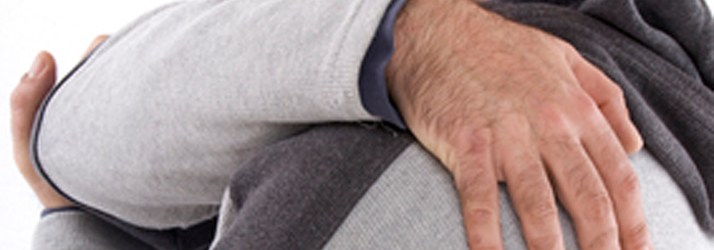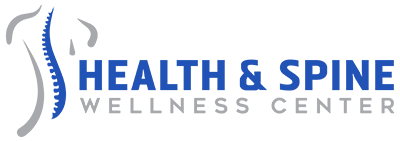What Is Shoulder Arthritis And How To Treat It?

Shoulder Arthrosis in Belleville, or Omarthrosis, is a disease characterized by degeneration of the shoulder joint, more specifically the wear of the cartilage that covers the bones of the humeral head and scapula, which can cause pain and difficulties in performing certain movements with the arms.
The disease can affect only one (right or left) or both shoulders (bilateral) at the same time!
CARTILAGE
Present at the ends of bones, cartilage is the tissue responsible for supporting, protecting, and sliding the joint surfaces, being essential for movement and for cushioning impacts and friction between bones.
In order to have an adequate and pain-free movement, the joint needs to have its surfaces covered with healthy, smooth and well-lubricated cartilage. Cartilage wear can cause pain and decreased movement.
CAUSES OF SHOULDER ARTHROSIS
In most cases, Shoulder Arthrosis has no known cause and is called Primary Arthrosis. This type of disease occurs mainly due to overuse of the joint and natural aging. It has an important genetic component. Repeated use of joints over time also causes cartilage damage.
Shoulder arthrosis can also be caused by a process of "bone death," called Osteonecrosis. Osteonecrosis is caused by fractures or diseases that affect blood vessels, such as Lupus, Sickle Cell Anemia, or even Rheumatoid Arthritis.
There is also a type of Shoulder Arthrosis that arises from chronic, untreated injuries to the tendons of the rotator cuff, called Rotator Cuff Arthropathy. However, its treatment is different from that performed for Arthrosis.
SYMPTOMS
The most common symptoms of Shoulder Arthrosis are:
- Shoulder pain and swelling;
- Difficulty performing shoulder movements;
- Sandy sensation in the shoulder joint;
- Shoulder clicks during movements.
HOW IS THE DIAGNOSIS OF SHOULDER ARTHROSIS?
Diagnosis of the disease is performed through clinical examination of the patient and confirmed through imaging tests such as X-Ray, Computed Tomography, and Magnetic Resonance Imaging.
HOW IS THE TREATMENT OF SHOULDER ARTHROSIS?
Although it is impossible to prevent shoulder Arthrosis's advancement completely, the disease can be treated with pain relievers and anti-inflammatory drugs to alleviate the symptoms.
It is also recommended to carry out Physiotherapy sessions in order to keep the joint active and promote its strengthening, to improve the patient's quality of life.
In some cases, surgery to remove bone calluses ( Arthroscopy ) may be necessary. If the case is very serious, replacement of the damaged joint with a prosthesis may be indicated by the orthopedist.
Painful shoulder syndrome?
These cases are known in the medical community as "Painful Shoulder Syndrome" and can be caused by a series of orthopedic problems. Below are some of the most common ones:
- Arthrosis of the shoulder: Arthrosis is the degeneration of cartilage. Thus, friction increases during joint movement, causing pain and limitation in shoulder movement;
- Calcareous tendinitis: is the deposit of calcium in the tendons located in the shoulder. Symptoms start with mild discomfort, but suddenly severe pain may occur;
- Rotator cuff injury: This problem is caused by weakening one or more tendons located in the "head" of the humerus, the shoulder bone. The injury causes pain mainly at night and when the patient moves the arm up;
- Adhesive capsulitis: Also known as frozen shoulder, this condition is inflammation in the shoulder's joint capsule. It generates pain followed by movement limitation;
- Dislocation: In medical terms, dislocation is the loss of joint contact, that is, the separation of two bones that are usually in contact by the cartilage. In these cases, the humerus dislocates outwards, which can cause tissue damage.
Monday
9:30am - 1:00pm
2:30pm - 7:00pm
Tuesday
Closed
Wednesday
9:30am - 1:00pm
2:30pm - 7:00pm
Thursday
9:30am - 1:00pm
2:30pm - 7:00pm
Friday
9:30am - 1:00pm
2:30pm - 7:00pm
Saturday & Sunday
Closed
Health & Spine Wellness Center
544 Washington Avenue
Belleville, NJ 07109

